Check out before these deals are gone!
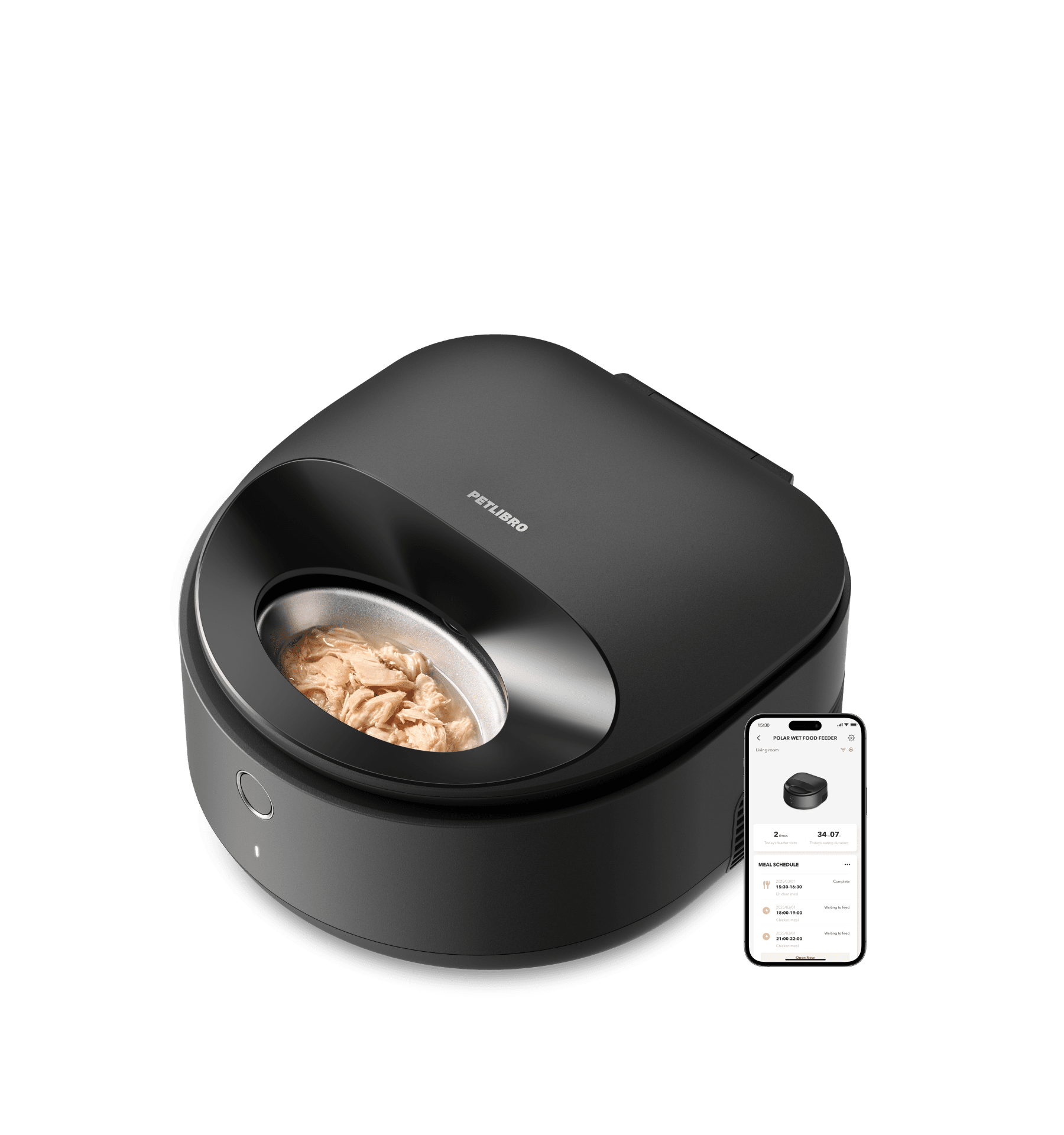
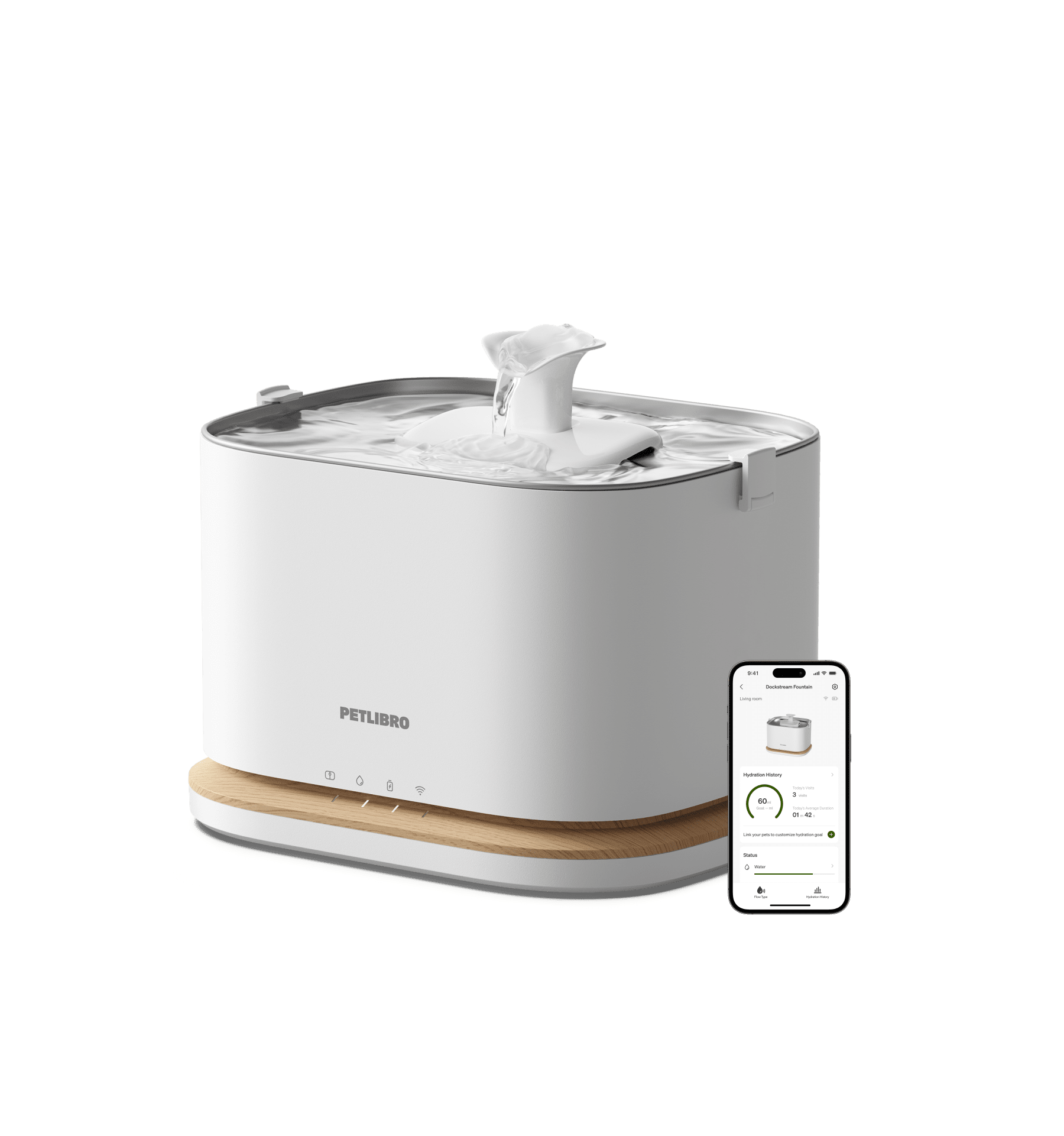
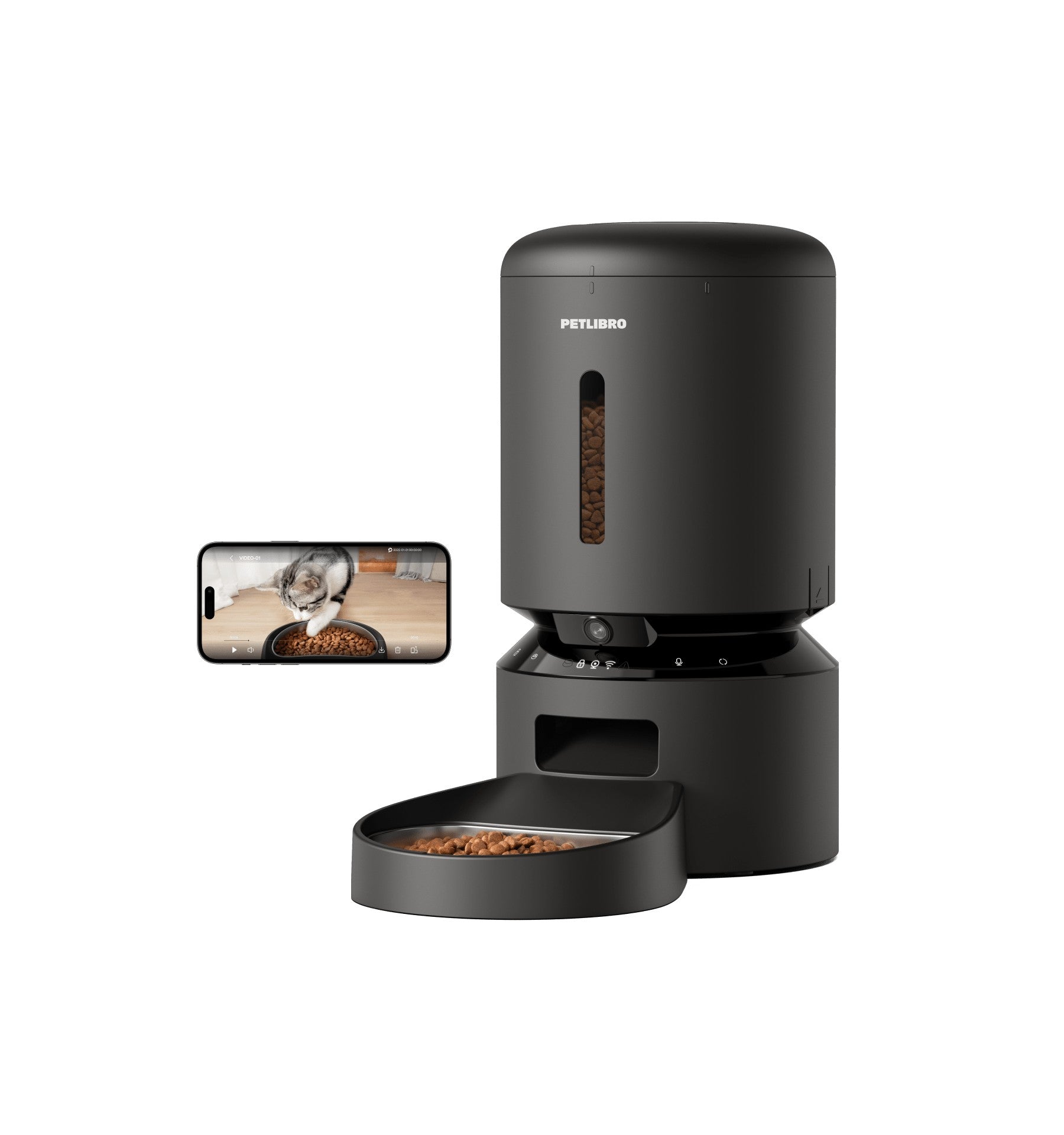
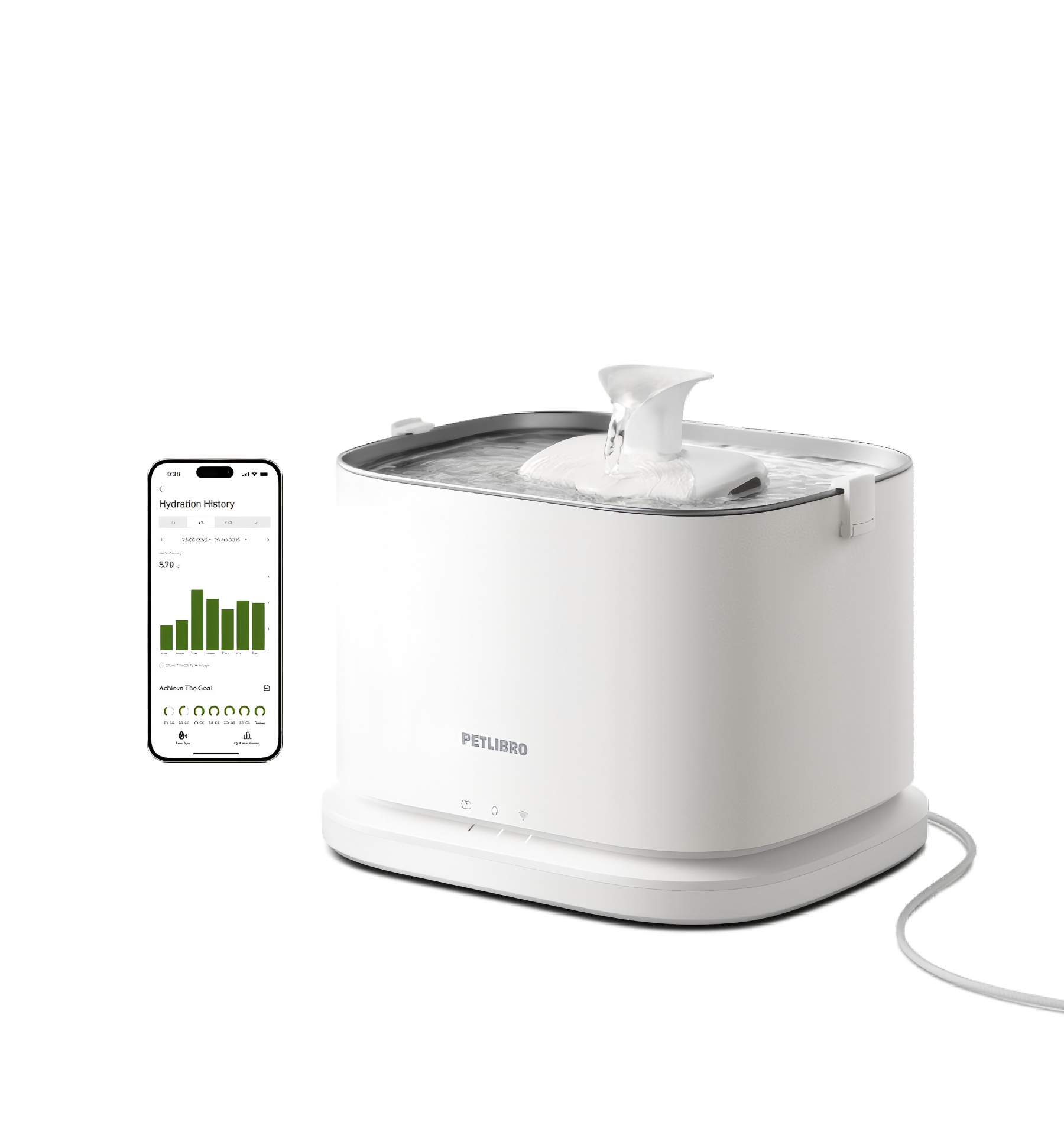
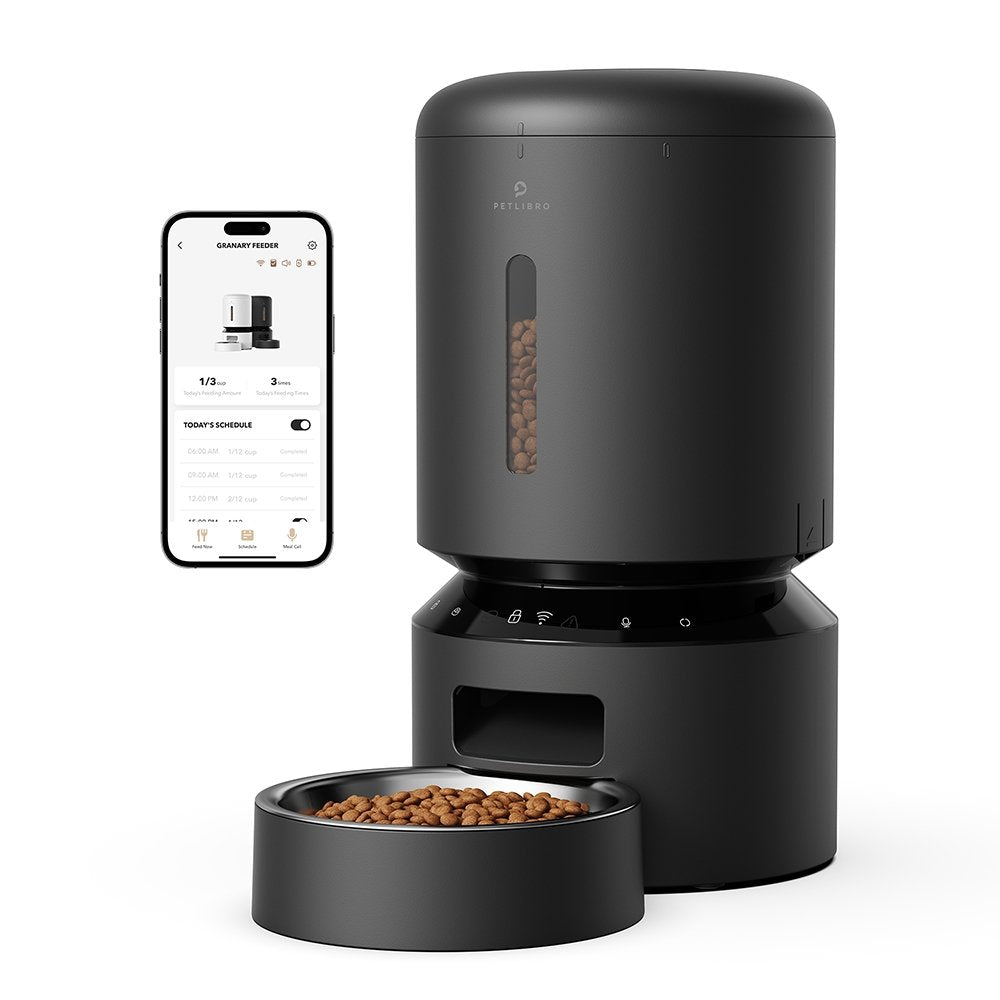
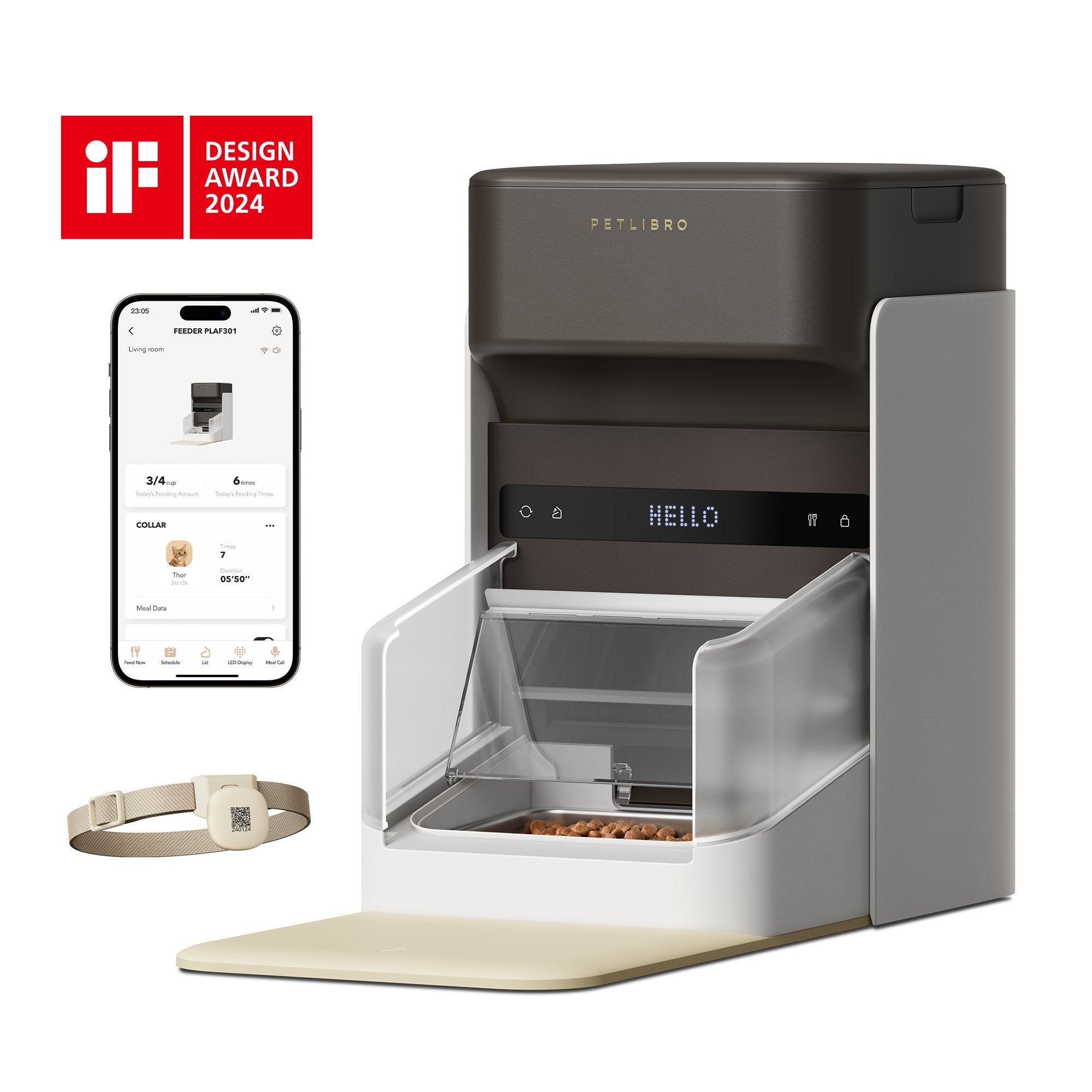
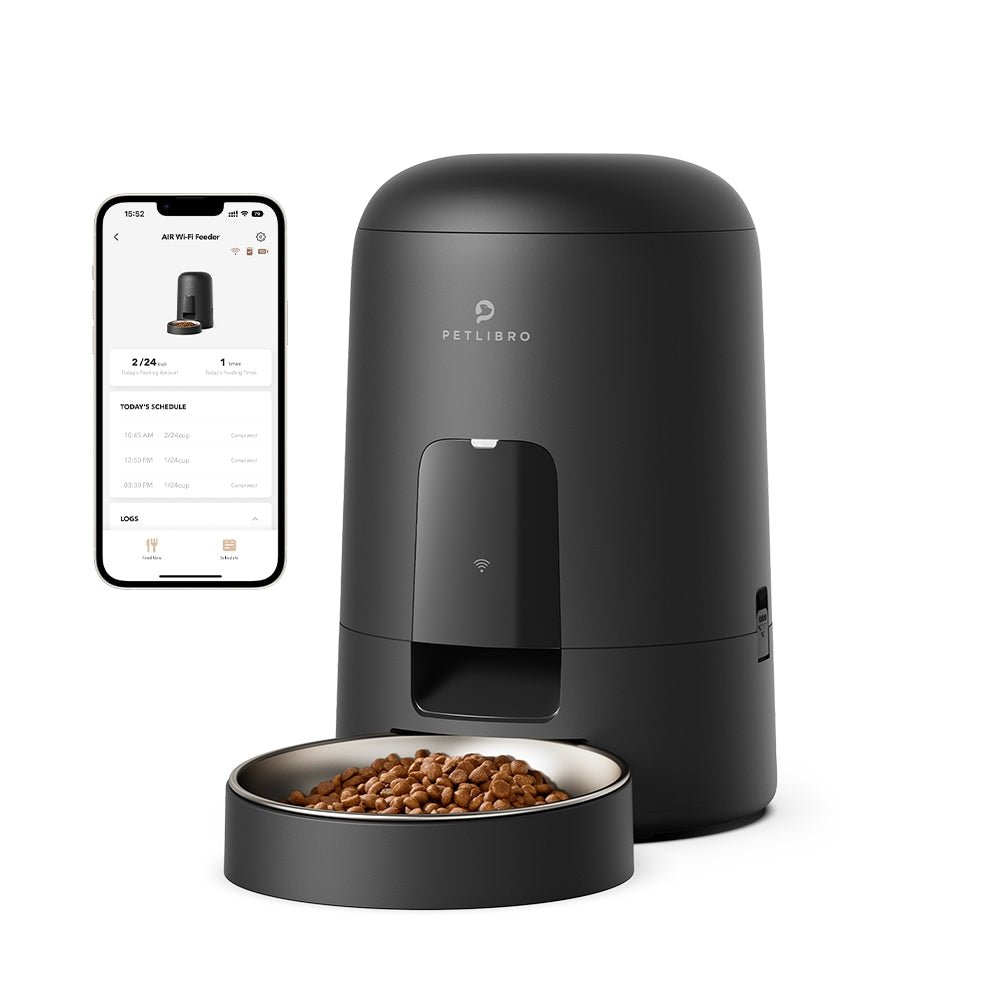


















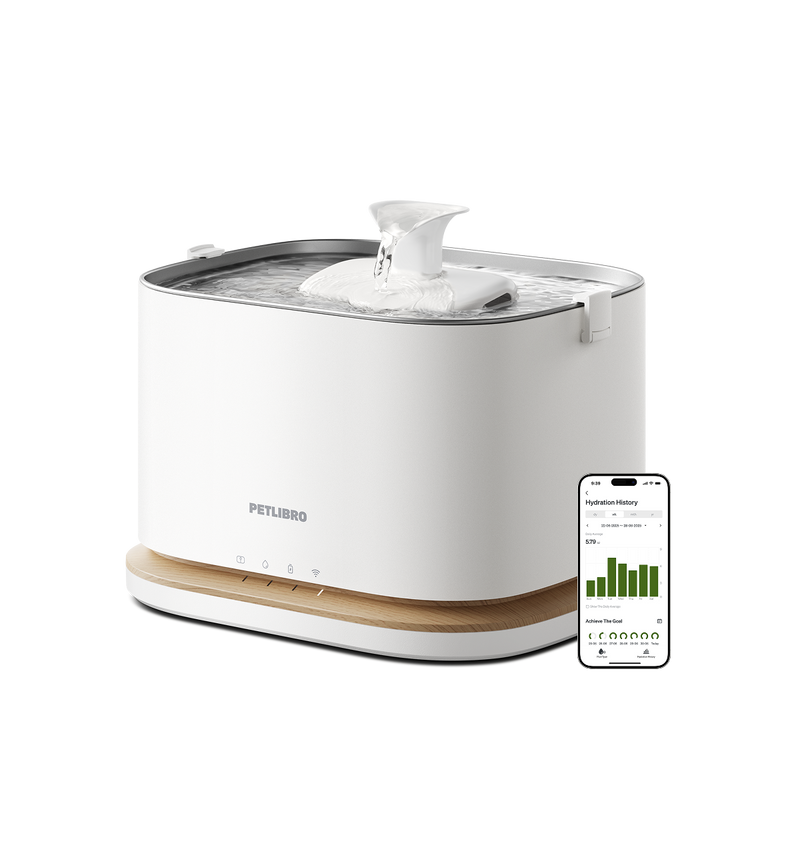
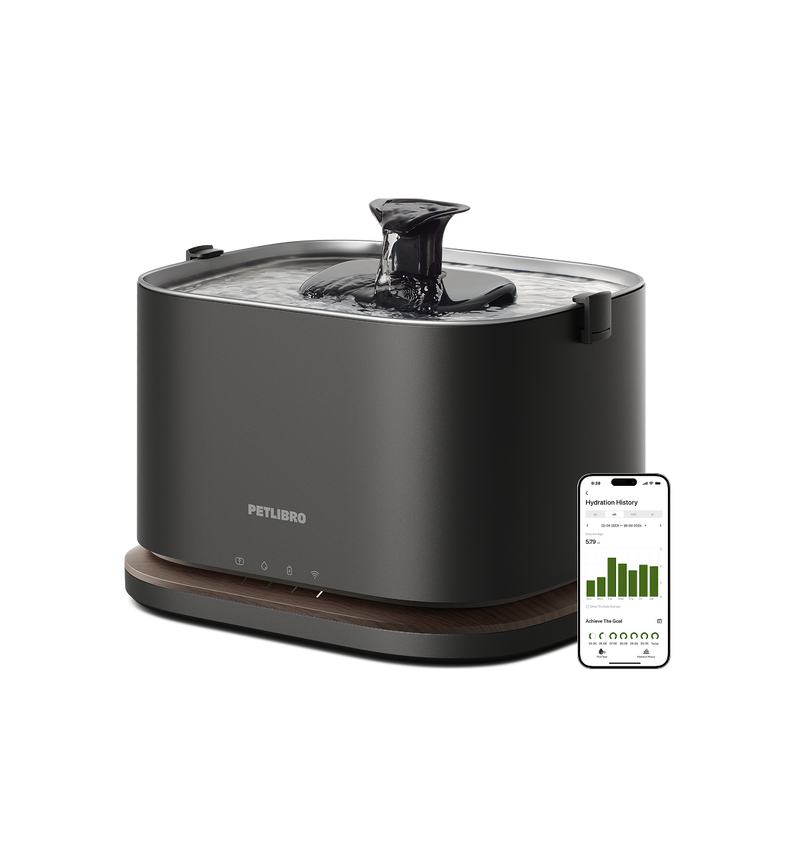
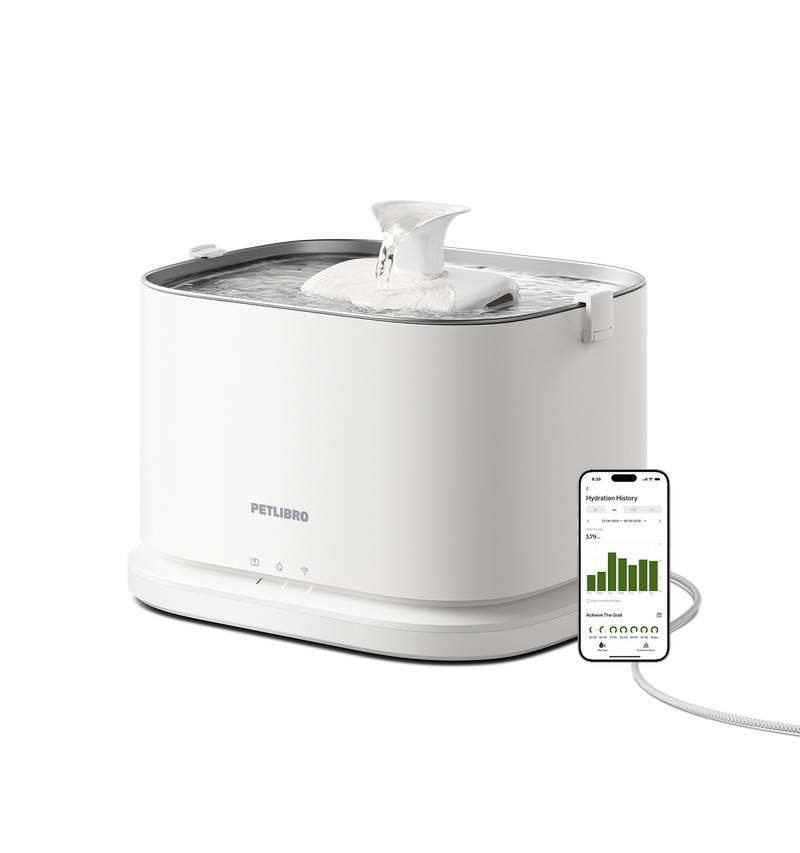
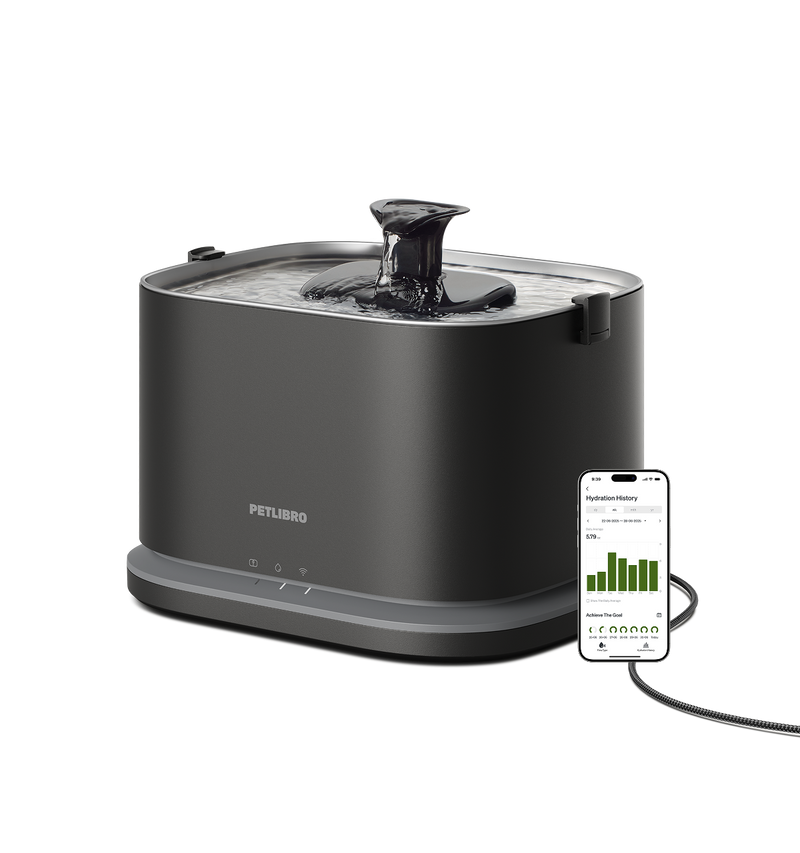










By subscribing, you agree to receive email marketing from Petlibro. Privacy Policy | Terms of Service


*Voucher is non-refundable and only one can be used per order, starting 11/13.


By subscribing, you agree to receive email marketing from Petlibro. Privacy Policy | Terms of Service


Code is valid for 72 hours and can be used for one order only. Code can’t be combined with other codes.
Discounts cannot be used toward new product launches.
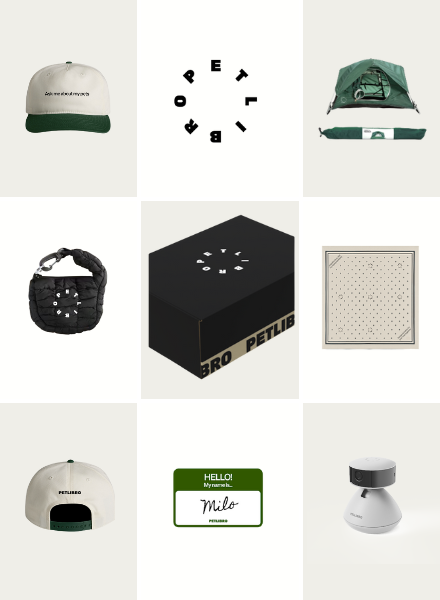
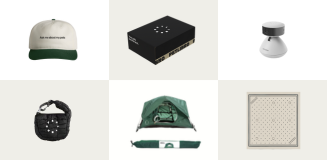
Open to legal U.S. residents, 18 years or older. Void where prohibited. Giveaway begins on 08/26/2025 and ends on 09/15/2025 at midnight PST. Three winners will each receive a limited-edition Petlibro PR Kit, which includes the Scout Smart Camera and select branded merch. Winners will be chosen at random and notified via Instagram or email (depending on entry format) by 09/30/2025. If a winner does not respond within 48 hours, another may be selected. Odds of winning depend on the total number of eligible entries received. Only one email entry per person will be counted, though additional entries may be submitted through the bonus methods described above. Petlibro is not liable for any issues that arise from participation or use of the prize. Personal information will be collected and handled in accordance with our Privacy Policy.


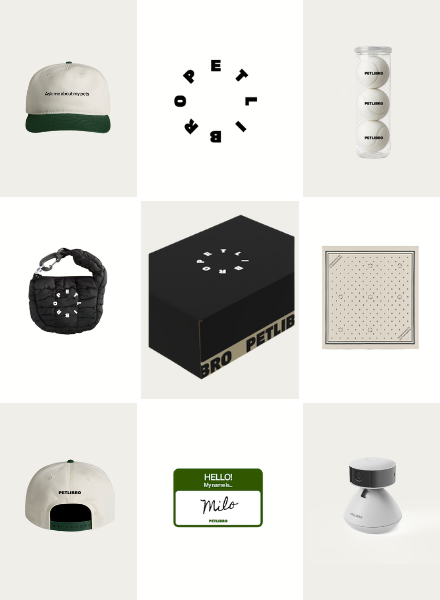
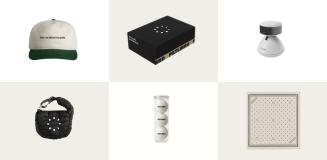
Open to legal U.S. residents, 18 years or older. Void where prohibited. Giveaway begins on 08/26/2025 and ends on 09/15/2025 at midnight PST. Three winners will each receive a limited-edition Petlibro PR Kit, which includes the Scout Smart Camera and select branded merch. Winners will be chosen at random and notified via Instagram or email (depending on entry format) by 09/30/2025. If a winner does not respond within 48 hours, another may be selected. Odds of winning depend on the total number of eligible entries received. Only one email entry per person will be counted, though additional entries may be submitted through the bonus methods described above. Petlibro is not liable for any issues that arise from participation or use of the prize. Personal information will be collected and handled in accordance with our Privacy Policy.


As a cat owner, you may have noticed your furry friend increasing their water intake, leaving you wondering, "Why is my cat drinking so much water?" In this comprehensive exploration, we will delve into the reasons behind excessive thirst in cats, potential underlying health issues, and steps you can take to ensure your cat's well-being.
Water plays a crucial role in maintaining a cat's overall health. Adequate hydration supports proper organ function, aids digestion, regulates body temperature, and promotes healthy skin and coat. Understanding the significance of water intake helps us appreciate the importance of addressing any changes in a cat's drinking habits.
Determining whether your cat's water consumption is excessive requires understanding their normal baseline. Cats typically consume around 3.5-4.5 ounces of water per 5 pounds of body weight per day. Factors such as diet, age, activity level, and environmental conditions may influence this range. Monitoring your cat's water intake and comparing it to their usual habits can provide insights into any changes.

Environmental Factors: Warm weather or high indoor temperature can increase a cat's water intake as their body tries to regulate temperature through panting and increased drinking.
Diet: Dry diets may lead to increased thirst as cats seek to compensate for the lack of moisture in their food.
Medical Conditions: Various health issues can trigger excessive thirst in cats. Some common examples include:
If you notice a significant increase in your cat's water intake or if you suspect an underlying health issue, it is crucial to consult with a veterinarian. They can perform a thorough examination, conduct diagnostic tests, and develop an appropriate treatment plan. Early detection and intervention are key to managing any potential medical conditions.
Provide Fresh Water: Ensure your cat has access to clean, fresh water at all times. Consider multiple water sources throughout the house to encourage drinking.
Dietary Adjustments: Incorporating moist food or adding water to dry kibble can increase your cat's overall water intake.
Consider a Water Fountain: Cats are often attracted to moving water. A water fountain can stimulate their interest and encourage them to drink more.
Environmental Factors: Keep the environment cool and provide shaded spots
During warm weather to prevent excessive fluid loss.
Regular Vet Visits: Schedule routine check-ups with your veterinarian to monitor your cat's overall health and catch any potential issues early.
Understanding why your cat is drinking more water than usual is important for their overall health and well-being. While environmental factors and diet can contribute to increased thirst, it's essential to be aware of potential medical conditions. Monitoring your cat's water intake and seeking veterinary support when necessary will help ensure that your feline friend stays healthy and hydrated. Remember that as a responsible cat owner, being attentive to your cat's needs and taking proactive measures can greatly contribute to their well-being.
By understanding the importance of hydration and the normal range of water intake for cats, you can identify any changes in your cat's drinking habits. Excessive thirst can be a sign of underlying health issues such as diabetes, kidney disease, hyperthyroidism, urinary tract infections, or liver disease. If you notice a significant increase in your cat's water consumption or suspect any of these conditions, it is crucial to consult with a veterinarian for a proper diagnosis and treatment plan.
In addition to seeking veterinary support, there are steps you can take at home to ensure your cat's water intake is sufficient. Providing fresh and clean water at all times, using water fountains to stimulate their interest, incorporating moist food or adding water to their diet, and creating a comfortable and cool environment during warm weather can all contribute to your cat's hydration.
Remember, regular veterinary check-ups are essential for monitoring your cat's overall health, catching potential issues early on, and ensuring that they receive the necessary care. Building a strong partnership with your veterinarian and maintaining open communication will give you peace of mind in providing the best possible care for your beloved companion.You can try the Dockstream App Monitoring Water Fountain, a product that allows real-time monitoring of cats' water intake through a smartphone. This innovative product enables cat owners to stay informed about their cats' hydration levels and understand their drinking patterns. By observing long-term changes in water intake, we can take timely action, consult veterinarians, and ensure early detection of potential health issues.
In conclusion, understanding why your cat is drinking more water and taking action to address any underlying issues is crucial for their health and well-being. By staying vigilant, seeking veterinary support when needed, and implementing appropriate measures, you can ensure that your cat stays healthy, hydrated, and happy. Providing the necessary care and support will ultimately contribute to a long and fulfilling life for your feline friend.